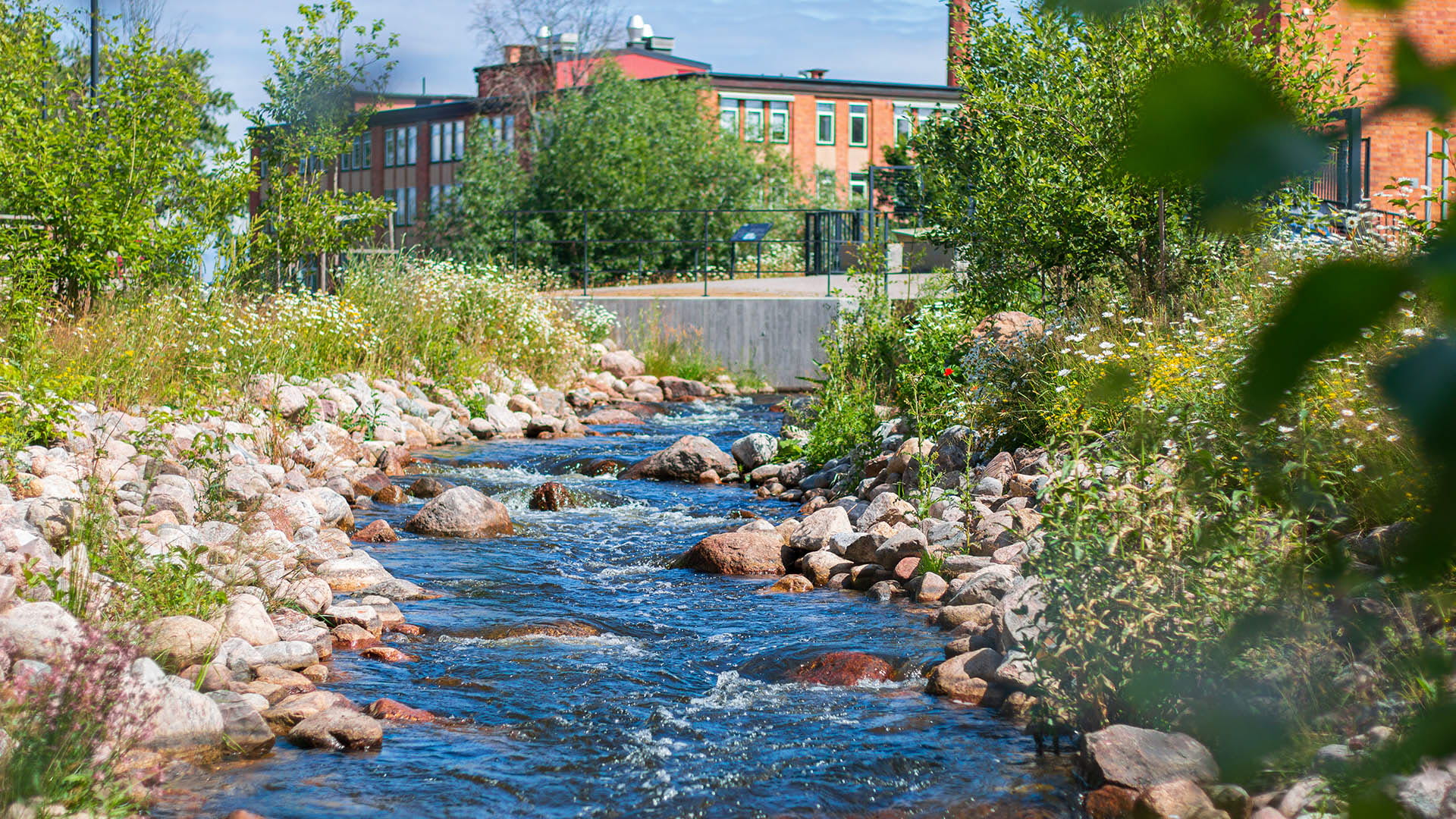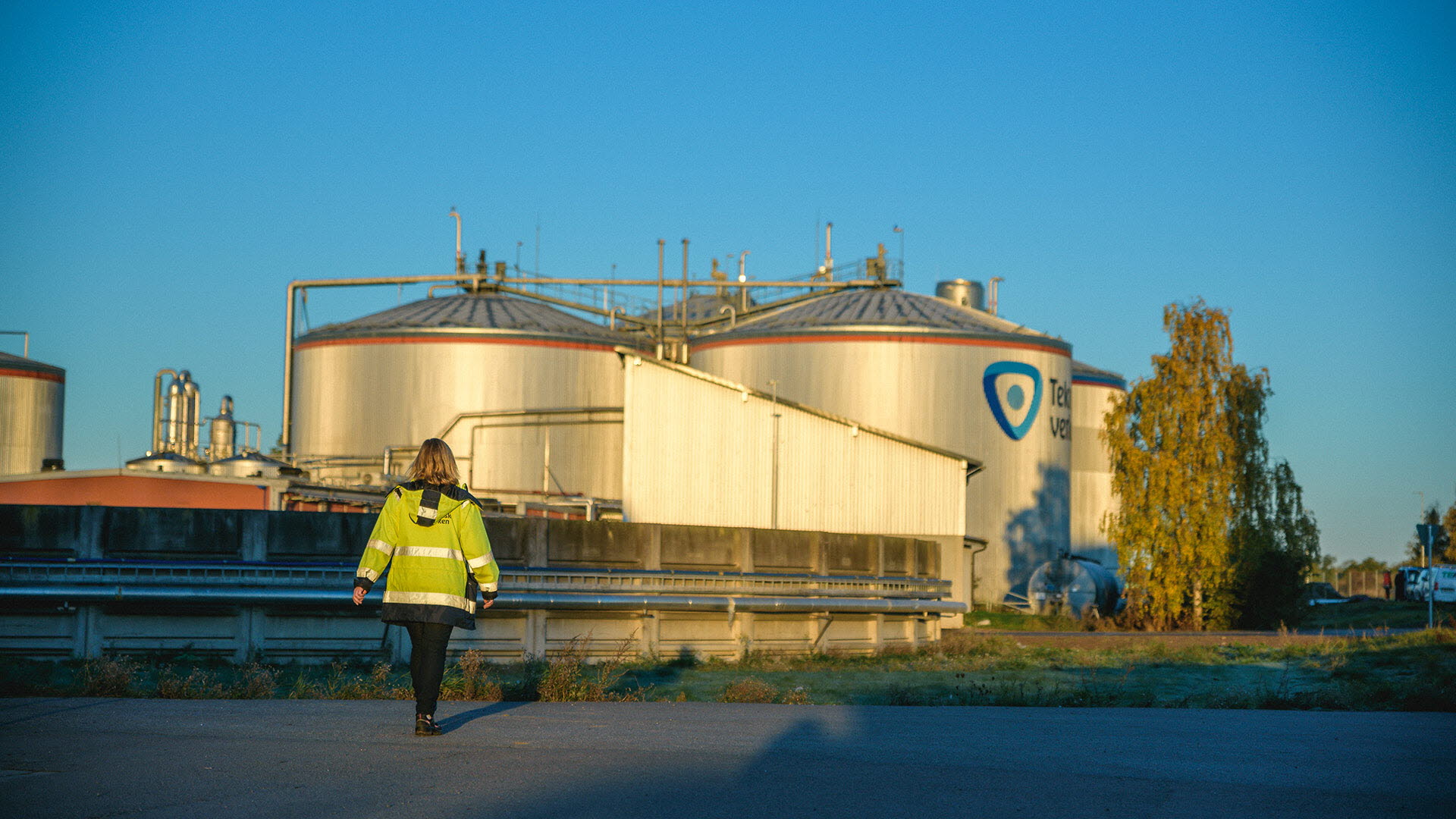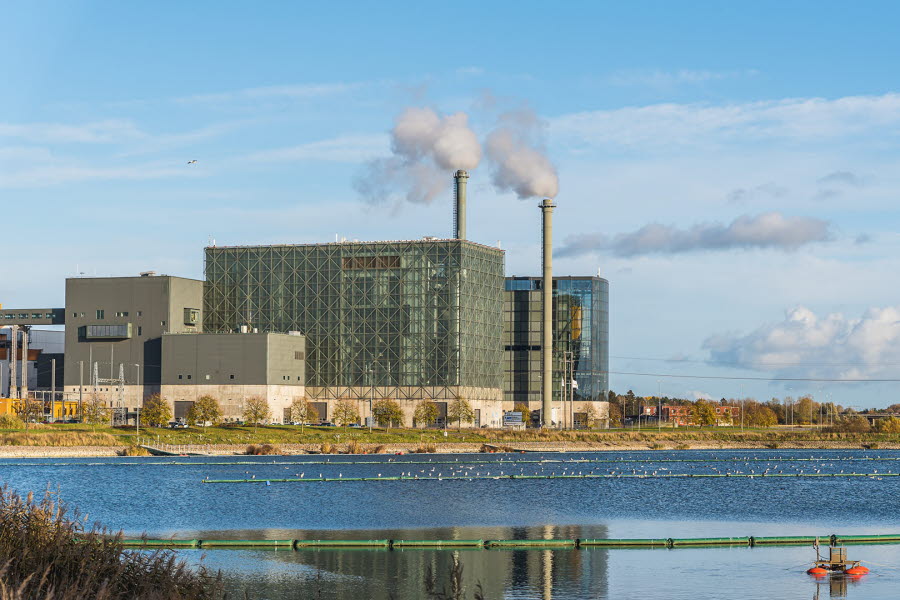Biogas Production in Linköping
Linköping has more than 20 years of experience in producing fossil-free, renewable biogas. We operate the largest co-digestion plant in the Nordic region, with an annual production of 120 GWh. The raw materials include household waste from around 20 municipalities, as well as sewage sludge, industrial waste, and waste from slaughterhouses and the food industry.
Turning waste into valuable resources
Biogas production delivers two climate-friendly products:
-
Biogas, which replaces fossil fuels and reduces greenhouse gas emissions
-
Biofertiliser, which replaces artificial fertilisers and returns nutrients to the soil
It is a closed cycle that transforms household and community waste into renewable energy and sustainable agriculture.



